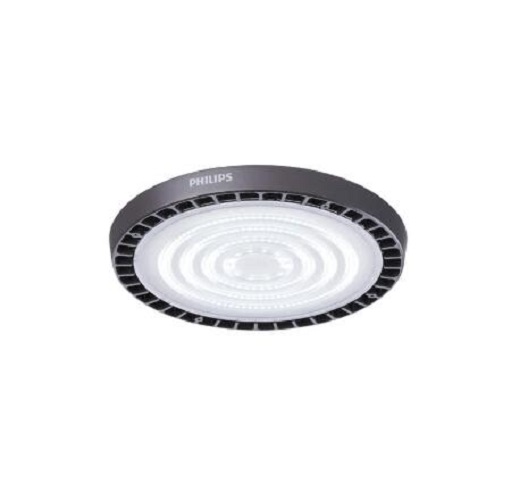What is the Best Office Lighting Solution?
The importance of lighting in the workplace cannot be overstated. It plays a crucial role in creating a productive and comfortable environment for employees. When it comes to office lighting, there is no one-size-fits-all solution. The best office lighting solution depends on various factors, including the nature of the work, the layout of the space, and individual preferences. In this article, we will explore different office lighting options and help you determine the best one for your workspace.
1. Natural Light:
One of the most sought-after office lighting solutions is natural light. It not only reduces energy costs but also has numerous benefits for employees' well-being and productivity. Natural light promotes a sense of well-being, reduces eye strain, and enhances mood. If your office has access to ample natural light, consider maximizing its use by strategically placing workstations near windows and using window treatments that allow for light control.
2. LED Lighting:
LED (Light Emitting Diode) lighting has become the go-to choice for many offices due to its energy efficiency and longevity. LED lights consume significantly less energy compared to traditional incandescent bulbs and last much longer, reducing maintenance costs. They also offer a range of color temperatures, making it possible to create different lighting environments depending on your needs. For task-oriented work, cooler, daylight-like LED lighting is ideal, while warmer tones can be used in break areas or meeting rooms to create a cozy atmosphere.
3. Task Lighting:
Task lighting is a localized lighting solution that provides additional illumination to specific work areas. It is particularly useful in open office layouts where individual workstations may not receive sufficient light from overhead fixtures. Desk lamps or under-cabinet lighting can be used to provide targeted lighting, reducing eye strain and increasing focus. Employees can adjust task lighting to their preference, ensuring comfort throughout the day.

4. Ambient Lighting:
Ambient lighting sets the overall mood and atmosphere of the office. It is typically provided by overhead fixtures, such as recessed lights or pendant lamps. To achieve the best results, consider a combination of direct and indirect ambient lighting. Direct lighting provides uniform illumination, while indirect lighting bounces light off walls and ceilings, reducing harsh shadows and creating a softer, more comfortable environment.
5. Smart Lighting Systems:
Advancements in technology have brought about smart lighting systems that can be controlled remotely and customized to fit the needs of your office. These systems allow for dynamic adjustments in lighting levels and color temperatures throughout the day. For example, you can program the lights to mimic the natural progression of daylight, which can improve circadian rhythms and enhance productivity. Additionally, motion sensors and occupancy sensors can be integrated into smart lighting systems to optimize energy usage by turning off lights in unoccupied areas.
6. Consider Employee Preferences:
While the above-mentioned lighting solutions provide a foundation for office lighting design, it's essential to consider individual preferences. Some employees may prefer brighter lighting, while others may find it distracting. Conducting surveys or allowing employees to adjust lighting levels at their workstations can help strike a balance and create a more comfortable work environment.
7. Lighting Controls:
Implementing lighting controls is another crucial aspect of office lighting design. Dimmers, timers, and occupancy sensors can help tailor lighting to specific needs while conserving energy. Additionally, providing employees with some control over their lighting environment can improve their overall satisfaction and comfort.
In conclusion, the best OEM office lighting solution is not a one-size-fits-all approach. It depends on the unique needs and characteristics of your workspace. Whether you prioritize energy efficiency, employee well-being, or a combination of both, there are various lighting options to consider. It's essential to carefully assess your office's requirements and consider employee feedback to create a lighting environment that fosters productivity and enhances the overall work experience. With the right lighting solution in place, your office can become a more inviting, efficient, and pleasant place to work.

